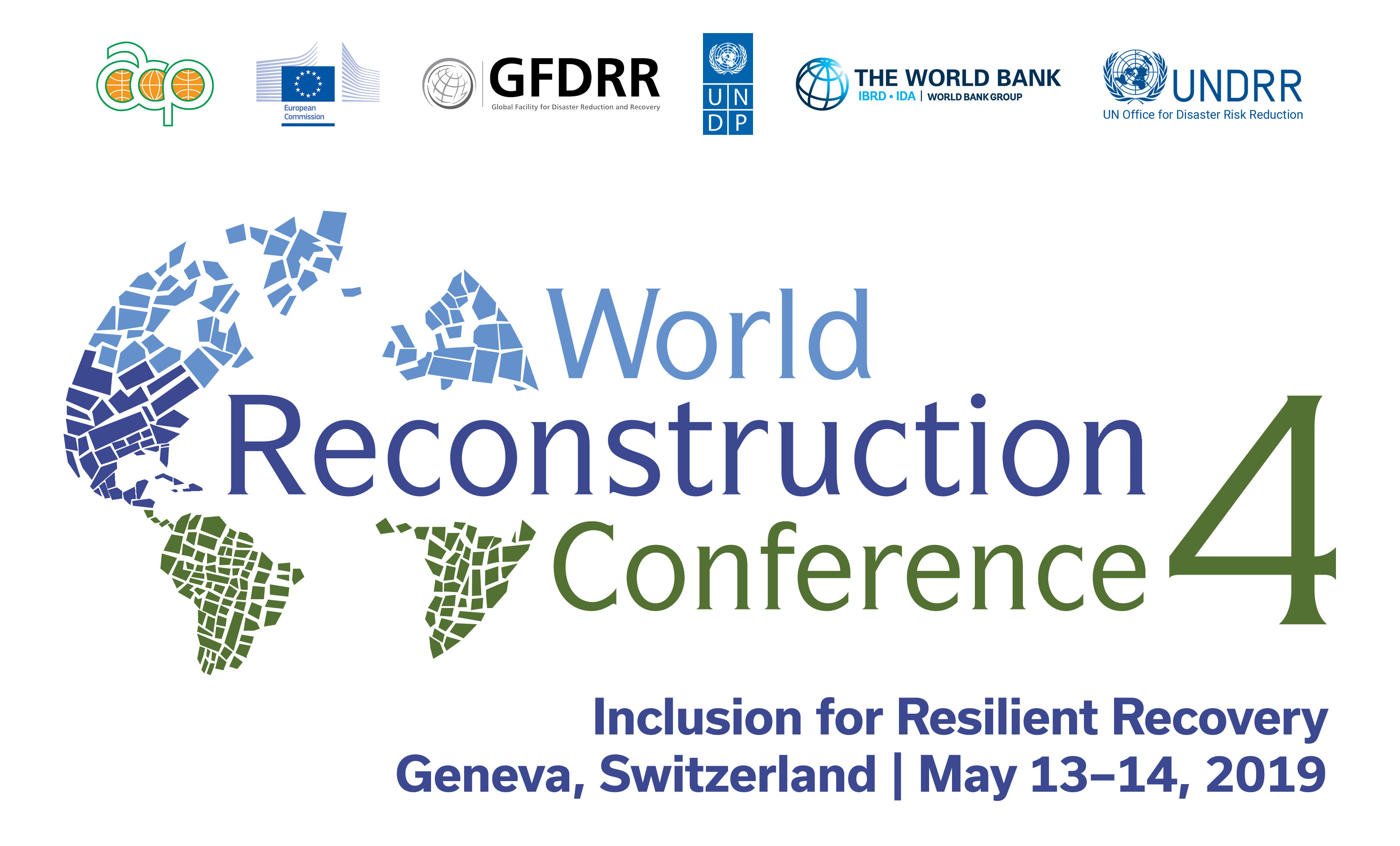Session Summary
This session looked at recovery from the local government’s and civil society’s perspectives to identify good practices witnessed in terms of inclusion of local populations and the role that local governments and Civil Society Organizations (CSOs) play as drivers of inclusive local recovery. The major challenges facing local governments when creating an inclusive recovery process for citizens and vulnerable populations are typically time pressure, project/planning loads, resource scarcity, uncertainty, and the need to increase local capacity quickly and effectively. On the other hand, disaster-affected citizens and vulnerable sections of society are daunted by the scale of unmet needs, loss and trauma in communities, resource scarcity, uncertainty, social injustice, and societal mechanisms that preserve the status quo and prevent the social change needed to reduce risk, vulnerability and inequities. The idea was to fine-tune innovative and excellent inclusion practices and hard-won wisdom and lessons for future recovery efforts to improve inclusion and participatory practices.
The reconstruction experience of the city of Rikuzentakata, Japan, in the wake of the earthquake and tsunami of 2011 was cited again, this time from a different perspective. The pillars of the original plan were to build back better, to create a resilient city, and to ensure inclusiveness and accessibility for all so that no one is left behind. The landscape was rebuilt on a height by cutting into a mountain and using the world’s largest conveyor belt to carry the soil for the reconstruction of the raised city. An emergency radio station was built to communicate with the people to finalize plans and policies. The goal was to build a model city of Japan where Sustainable Development Goals (SDGs) would be the focus and inclusion the basic norm. Building back better involved the creation of new industry, an inclusive community, universal town design and developing international friendships. These efforts culminated in the creation of a global campus to disseminate lessons learned to the rest of Japan as well as to other countries.
The synchronous experience of Sendai, another Japanese city, was also underscored for restoring disaster victims’ livelihoods in the wake of the earthquake and tsunami. Disaster victims were moved to prefabricated housing, where service representatives made door-to-door visits to understand and assess the problem. This resulted in the classification of the affected into four categories, based on whether the feasibility of home rebuilding was high or low, and whether they had a high or low level of autonomy in their daily lives. Support was designed by all stakeholders based on the needs of disaster victims. Citizens were trained to take charge of disaster prevention operations and to educate children, emphasizing community self-help principles.
An eloquent comparison was made between two commensurate events - the 1999 cyclone in Orissa, India that killed over 10,000 people and Cyclone Fani of 2019 that killed 60 people. This transformative outcome of enormously reduced loss of life can be attributed to three causes: better risk-informed infrastructure building, the existence of political will to analyze from the perspective of groups that were disproportionately affected, and a shift of power and entitlement in reconstruction towards those who were most impacted by the disaster. It is imperative to look beyond quick fixes, and to go through the time-consuming and labor-intensive task of involving communities in designing and leading recovery processes so that long-term and sustainable impact can be achieved. DRR needs to be integrated into solutions so that finance, resources and capabilities are dedicated to it.
The need to identify vulnerable sections of disaster-affected communities was articulated. Based on experiences from India, recovery could be inclusive if five conditions are met: (a) there is political will to involve citizens and vulnerable sections in designing, developing, implementing, and monitoring post-disaster recovery interventions (b) DRR and Response and Rehabilitation are inclusive (c) all stakeholders recognize the differential vulnerability of vulnerable sections of disaster-affected communities (d) the development planning process incorporates DRR interventions through consultative and participatory processes, and (e) the unmet needs of unreached communities can be addressed by all stakeholders. Good practices of inclusive recovery efforts such as peer-to-peer exchanges with elders in the Philippines, a Community Resilience Fund for grassroots women leaders in Asia, Africa, and Central America, and employment opportunities for transgenders in India were highlighted.
The root causes of lack of inclusion are dominant power dynamics across agencies and the political context they operate in, donor fatigue, and the attitude that those affected by disaster are helpless, hopeless and a liability. Stakeholders need to understand that the disaster-affected are assets, and offer an opportunity to practice inclusive recovery. In addition to outcomes, they need to create an accountability framework for all stakeholders. For inclusion to be a reality, there is a great need for improved data capture, affirmative action, consultation with vulnerable communities, and empowerment of the people by giving them titles to land. The session showed how transformative change has been achieved whenever inclusion has been part of the disaster recovery process. The term to focus on is ‘agency’. People need to be empowered to act on their own behalf, to be agents.

